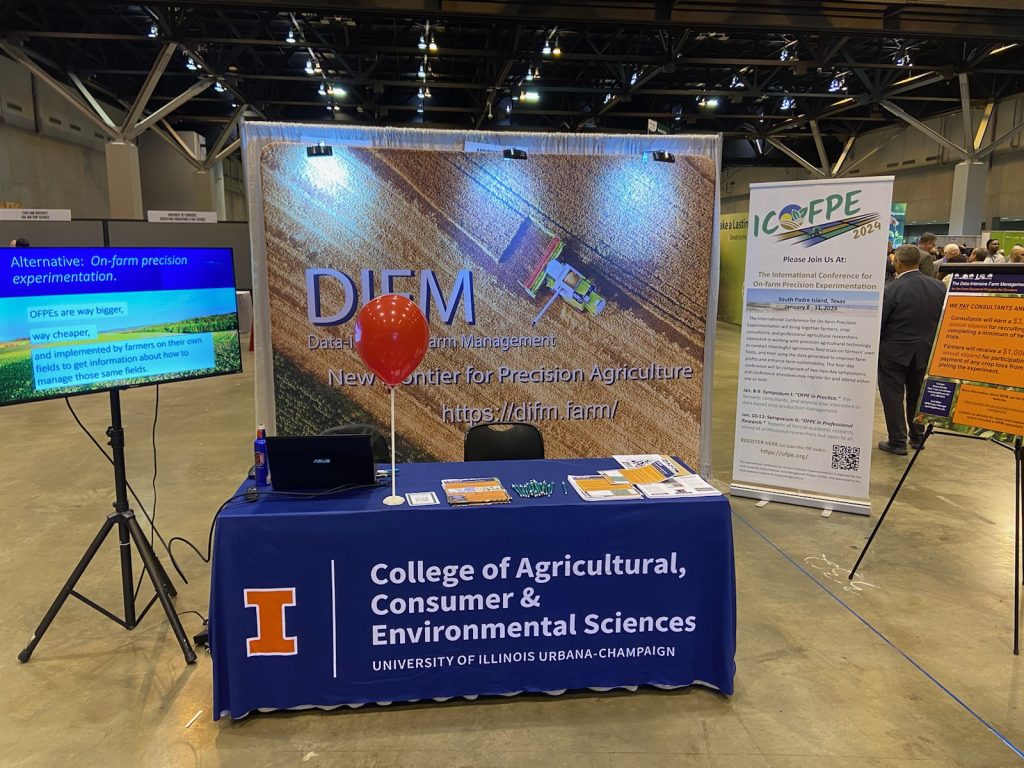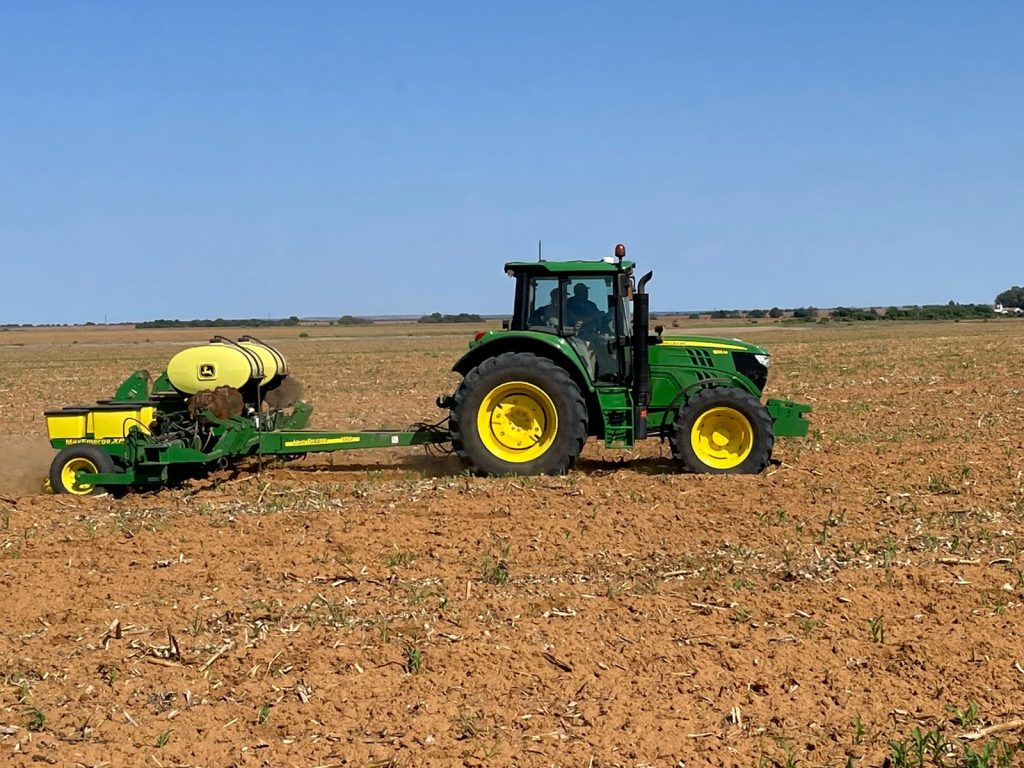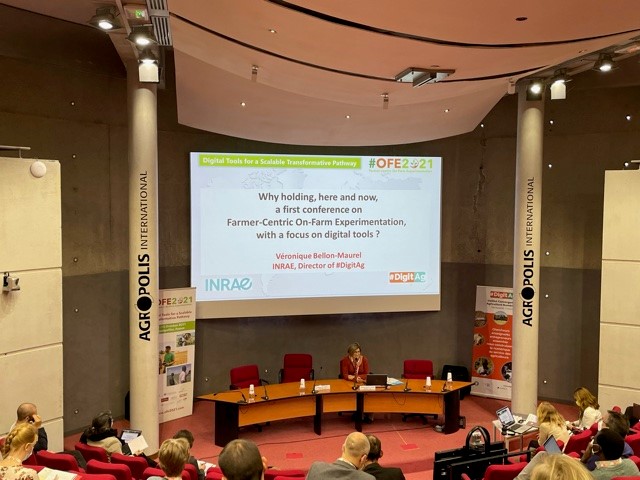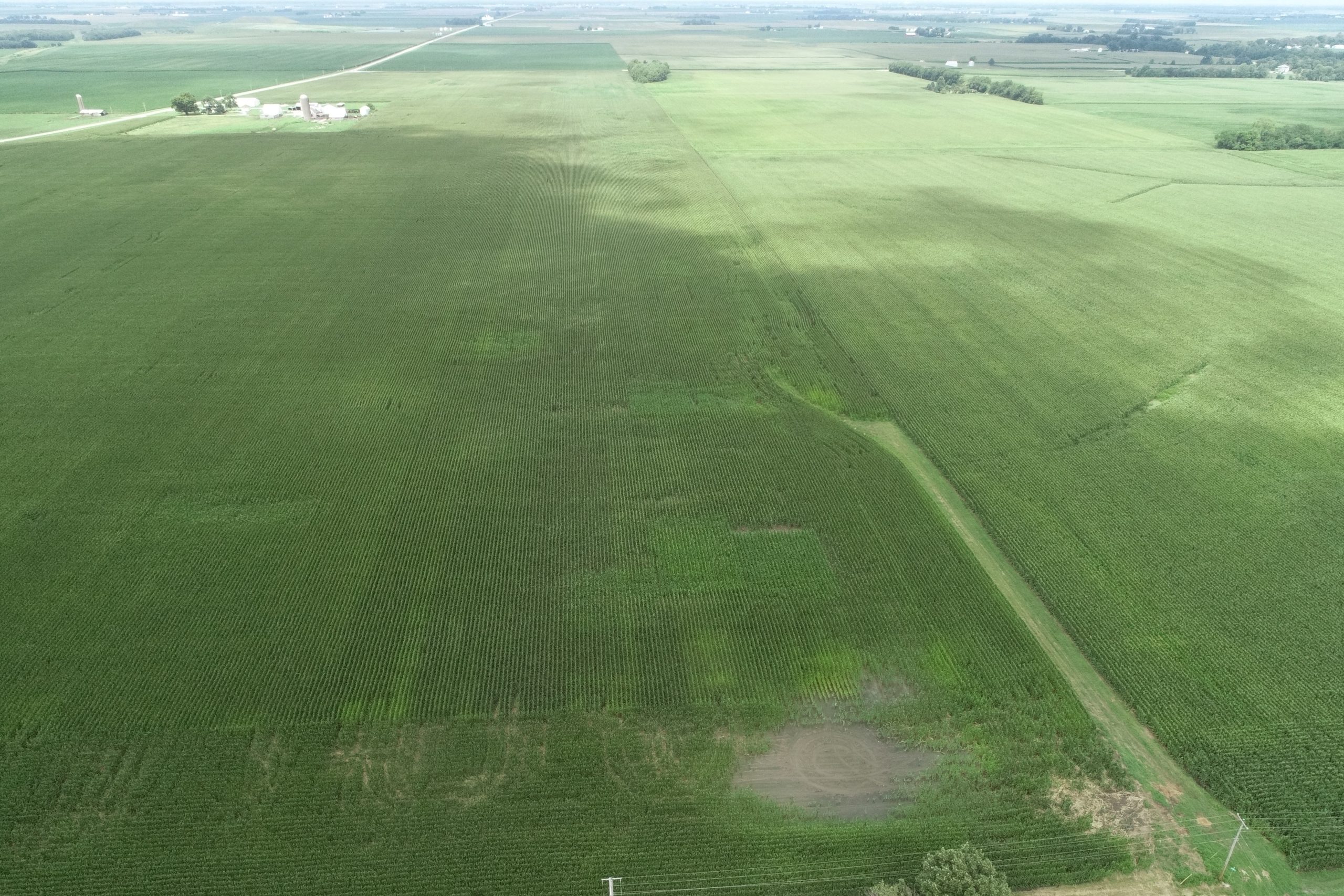Bob Dunker, DIFM Field Trials Coordinator, and Carli (Miller) Jones, DIFM Project Coordinator, are set up in the Exhibit Hall at Booth 332. Stop by to learn about the project, catch up on recent updates, and learn about the upcoming International Conference for On-farm Precision Experimentation in January 2024!







